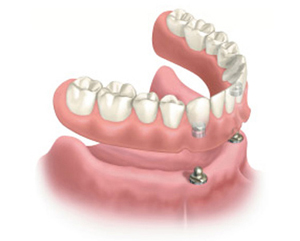I think I should switch dentists because my temporary crown won’t stay on. It fell off my bottom right second molar the day after I got it. I went back and forth to the dentist because the crown either fell off or broke four times. My dentist took another impression of the tooth for the lab, but I’m still concerned about spending more time with this dentist. Is it too risky to switch dentists in the middle of a crown procedure? – Bethany from IL
Bethany,
It is not too risky to switch dentists in the middle of a crown procedure if your dentist can’t get your temporary crown to stay on.
Although temporary crowns are not meant to last long, they should not repeatedly fall off. When a crown repeatedly falls off, a dentist likely shaved your tooth too much, and not much tooth structure remains to support a dental crown.
Also, your dentist needed a new impression for the dental lab, which increases our concern that your dentist will have problems with your new temporary crown. Although it is not unusual for a dentist to need multiple impressions of a tooth, he or she should resolve the concerns before asking the lab to make your temporary crown.
Your dentist has an ethical obligation to transfer your dental crown case to the dentist you choose. If you have already paid your dentist for the crown, you can ask for a refund. After your new dentist examines your tooth and crown, you can give a copy of the report to your current dentist as leverage for a refund. Resolve the issue as soon as possible to prevent swallowing or aspirating your temporary crown if it falls off again.
Find an advanced cosmetic dentist for your second opinion. You can ask friends or family members for recommendations or search online. Look for a dentist with advanced cosmetic dentistry training. Review the dentist’s smile gallery on the website to see patients’ cases for dental crowns.
Metairie, Louisiana, dentist Dr. Duane Delaune sponsors this post.

